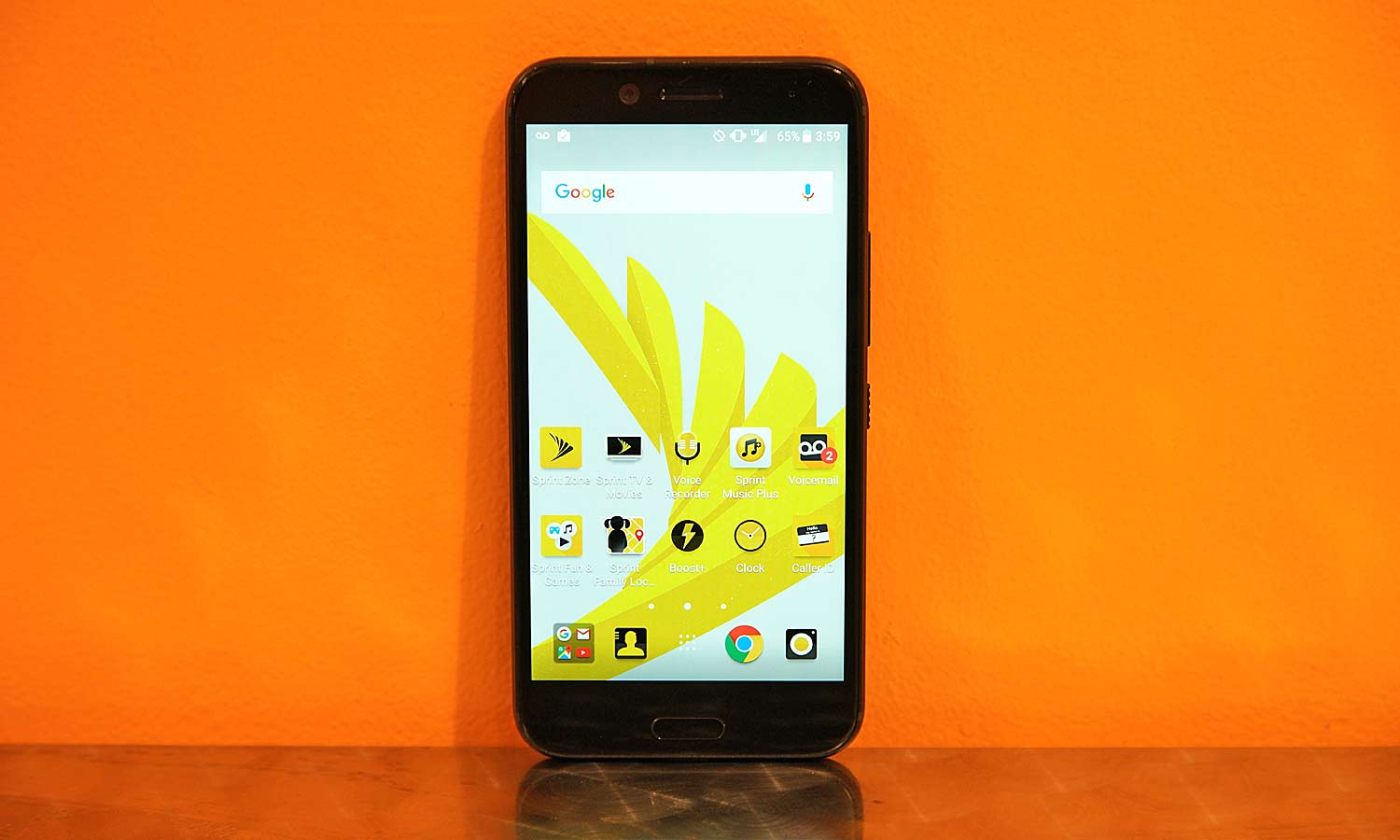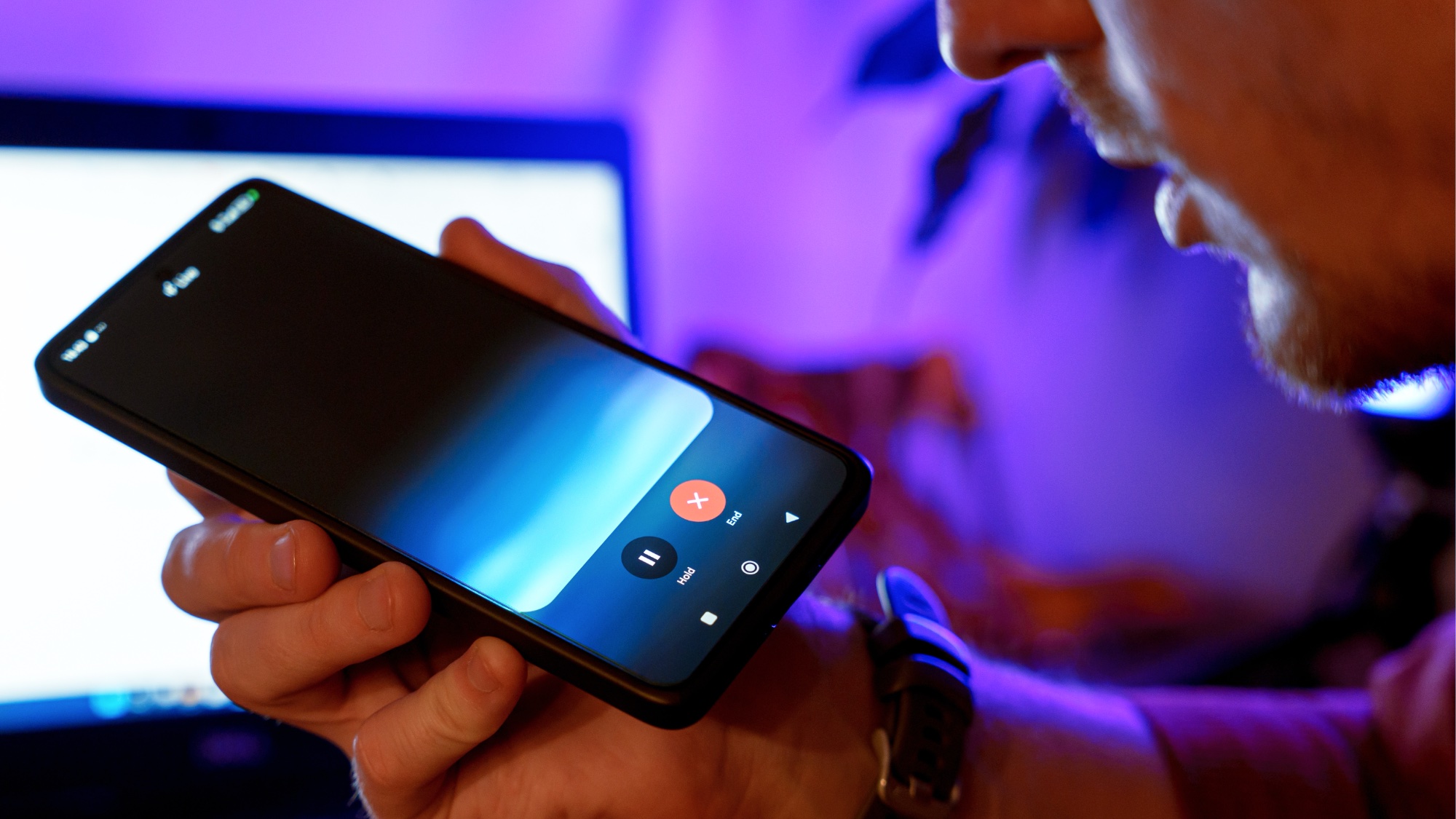Tom's Guide Verdict
While a bit pricey and equipped with aging hardware, the HTC Bolt's aluminum, water-resistant body and fantastic audio are true highlights for Sprint customers.
Pros
- +
Water-resistant aluminum body
- +
Bundled headphones offer fantastic high-res audio
- +
Sharp 16-MP rear camera
Cons
- -
No headphone jack
- -
Mediocre battery life
- -
High price
- -
Way too much bloatware
- -
Sprint's superfast network speeds aren't there yet
Why you can trust Tom's Guide
You may have heard that Sprint is talking a big game on TV and on the radio about how its network reliability is within 1 percent of Verizon's, and that it's recognized by both Tom's Guide and independent wireless testing companies as the top-performing cellular network. Now Sprint wants to put a phone in its customers' hands that can drive that point home, and that's where the HTC Bolt comes in.
This $600 Sprint exclusive not only boasts fast networking speeds, but it also comes with a solid, all-aluminum body, a big 5.5-inch screen, IP-57 water resistance and fantastic audio. But when the Bolt is compared to a lot of other handsets, though, its middling battery life, mediocre CPU performance and comparatively high price leave me wishing Sprint and HTC had pushed things a little bit further.
You may have heard that Sprint is talking a big game on TV and on the radio about how its network reliability is within 1 percent of Verizon's, and that it's recognized by both Tom's Guide and independent wireless testing companies as the top-performing cellular network. Now Sprint wants to put a phone in its customers' hands that can drive that point home, and that's where the HTC Bolt comes in.
This $600 Sprint exclusive not only boasts fast networking speeds, but it also comes with a solid, all-aluminum body, a big 5.5-inch screen, IP-57 water resistance and fantastic audio. But when the Bolt is compared to a lot of other handsets, though, its middling battery life, mediocre CPU performance and comparatively high price leave me wishing Sprint and HTC had pushed things a little bit further.
Design: Water's no worry
Sporting a big, chunky body that's forged out of aluminum, the 5.5-inch Bolt is essentially an upsized version of the HTC 10. It's got hard, chamfered edges that run along the outside of the phone and a trio of capacitive-touch buttons on the front. Due to its increased proportions and completely flat back, the Bolt doesn't feel quite as elegant as the HTC 10, but the Bolt has a secret feature that the 10 doesn't have: water resistance.
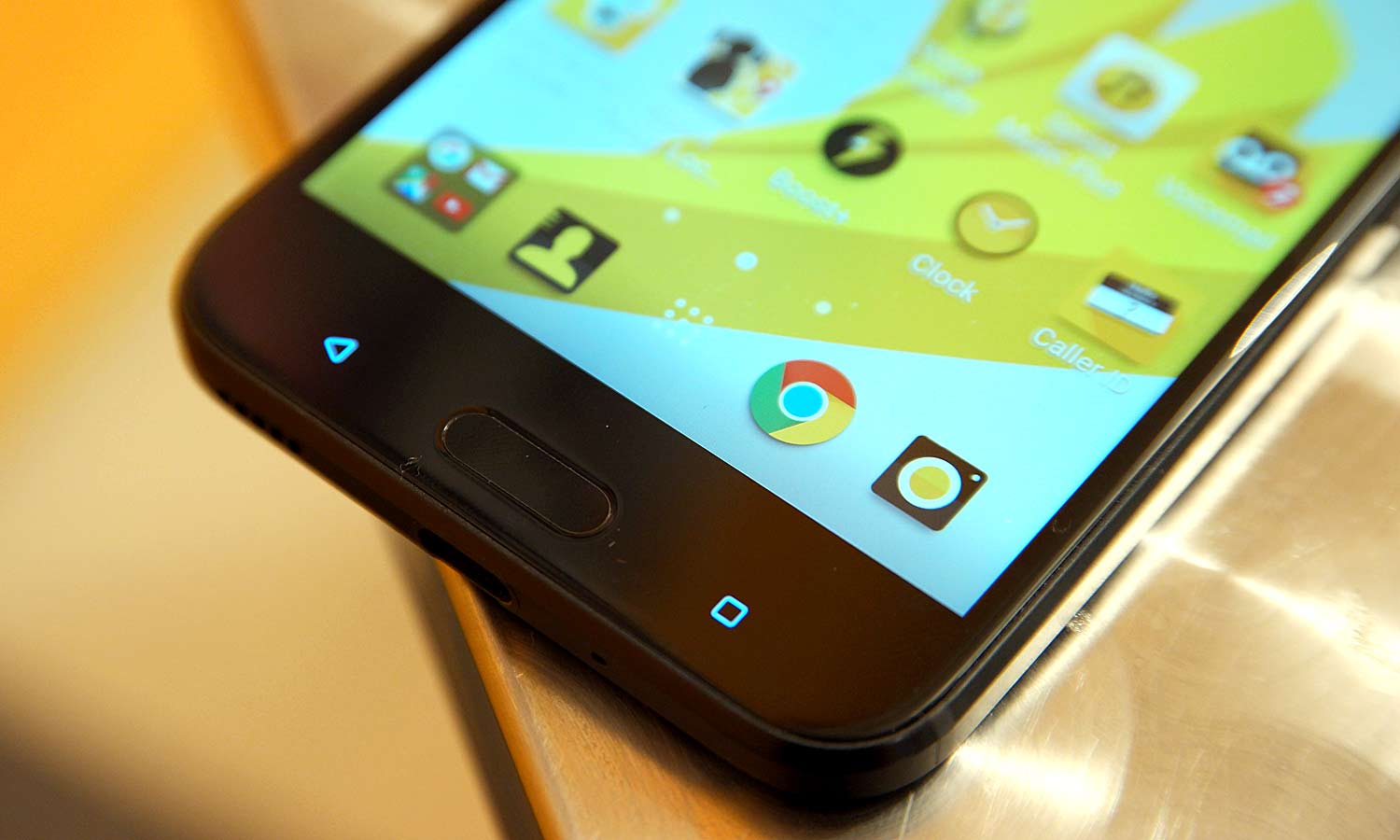
Sprint likes to claim that the Bolt is the first unibody, all-metal, water-resistant phone. It's not. Even if you ignore the iPhone 7 and 7 Plus, there's the aluminum-bodied Sony Xperia XZ, which features a higher IP68 rating — making it good for dunks of up to 5 feet for 30 minutes — than the Bolt's IP57 rating, which means that the latter is only certified for dips of up to 3.3 feet.
MORE: Best Smartphones on the Market Now
I do like that the Bolt's fingerprint reader/home button is nearly flush against the phone's front glass panel. I'm still not a fan of the overly jagged ridges on the phone's lock button, however.
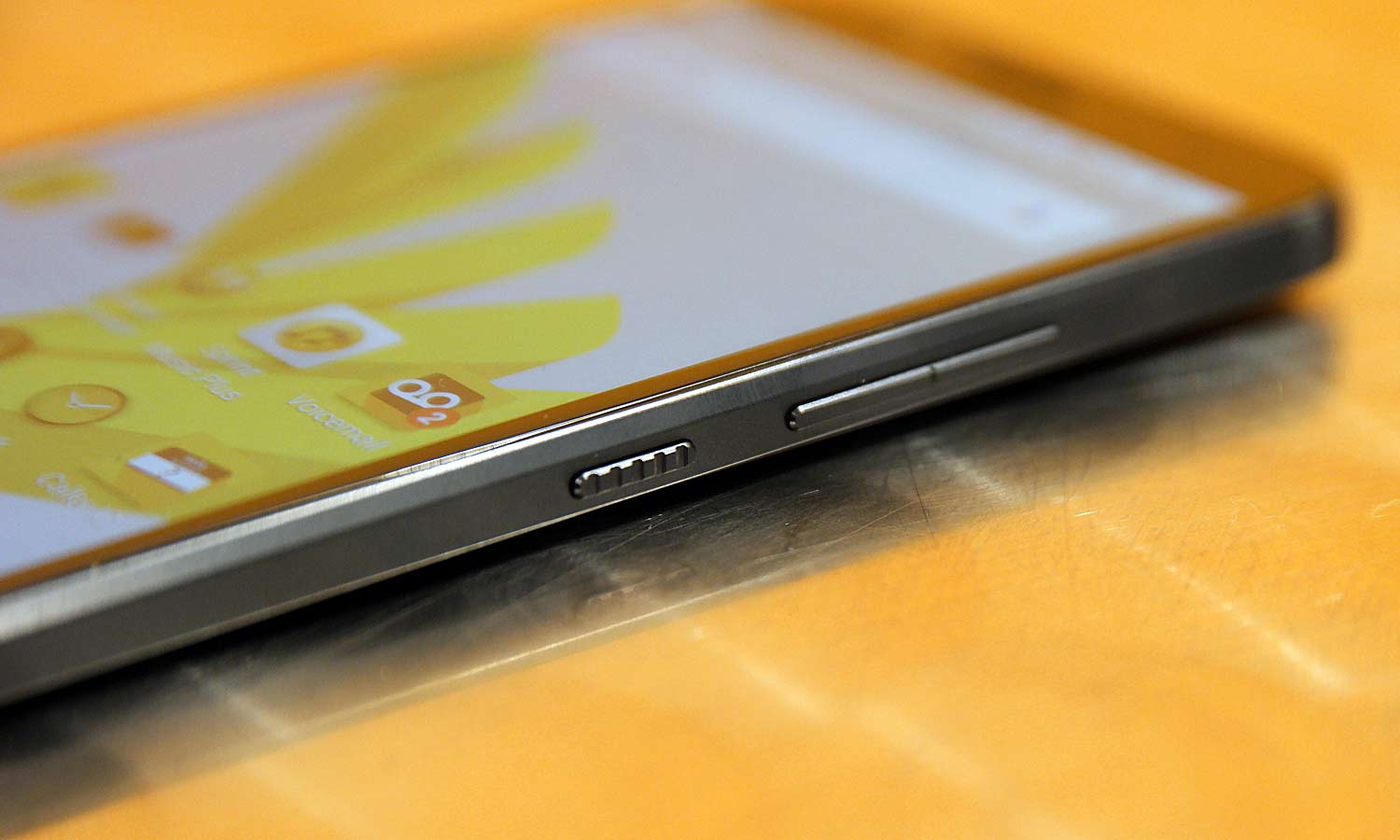
Measuring 6.04 x 3.04 x 0.31 inches and 6.15 ounces, the Bolt is almost exactly the same size as the Google Pixel, which is also built by HTC. However, when the Bolt is held side by side next to Samsung's S7 Edge, the S7 Edge is noticeably lighter and more compact — at 5.94 x 2.85 x 0.3 inches and 5.53 ounces — even though it has the same screen size as the HTC Bolt.
Display: A decent LCD
I tend to prefer phones with AMOLED displays because they produce images with richer colors and deeper blacks, but the 5.5-inch LCD screen on the Bolt still looks pretty good. The display’s wiewing angles are wide, it has a dense 2560 x 1440 QHD resolution and — unless you are superpicky — its color balance is pretty neutral, too.
With a brightness of 473 nits, the Bolt compares favorably to many of its competitors. While the Samsung Galaxy S7 Edge was even brighter at 530 nits, both the Pixel XL and Nexus 6P were dimmer at 396 nits and 337 nits, respectively.
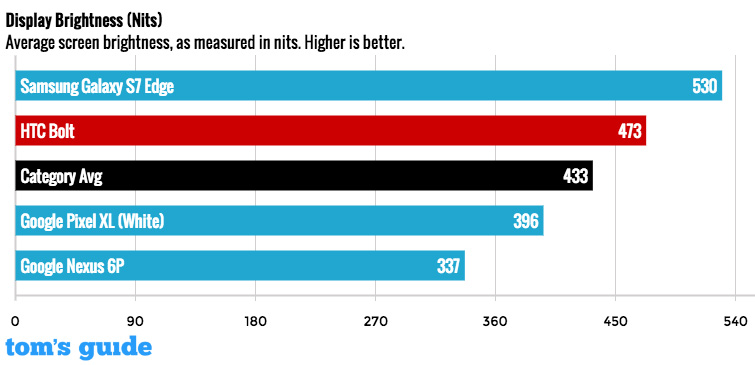
However, the limits of LCD technology show up in the Bolt's color range, which covered a standard 100 percent of the sRGB spectrum. Equipped with AMOLED displays, the S7 Edge, Pixel XL and Nexus 6P phones demonstrated significantly larger gamuts at 191, 189 and 187 percent, respectively.
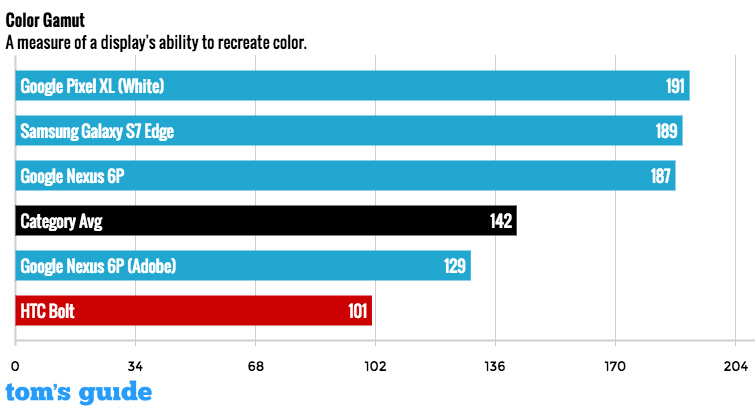
Finally, with a Delta-E rating of 5.12 for color accuracy, the Bolt was simply OK. (Numbers closer to zero are better.) The Pixel XL's Delta-E was close to the Bolt's at 5.8, although the smartphone average of 4 and the S7 Edge's rating of 2.9 were more precise.
Audio: No audio jack, but still great sound
Even though a world without headphone jacks is coming, I still don't think we're ready for it. However, the Bolt's audio-over-USB and custom USB Type-C headphones are the best arguments I've heard yet for this transition. HTC uses what it calls BoomSound Adaptive Audio to scan your surroundings to automatically adjust playback for the best experience. When you combine that with the Bolt's 24-bit Hi-Res audio, you get a pretty fantastic sound.
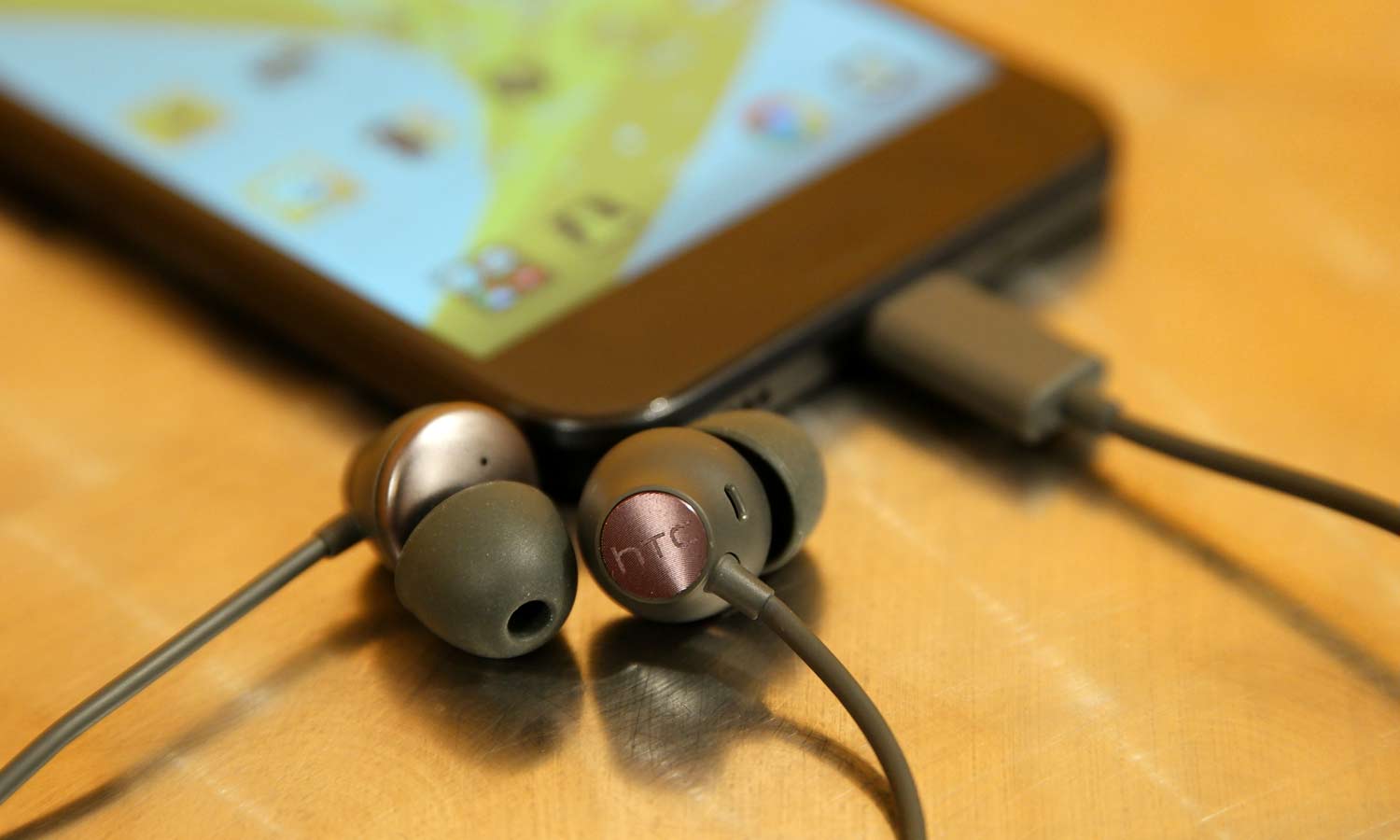
When I listened to Ratatat's "Cream on Chrome," going from an S7 with a pair of HTC's own $70 Pro Studio earphones to the Bolt and its specialized USB-C buds was like waking up hazily from a nap — only to discover that the band was playing in my home. The Bolt's audio was punchier, sounded fuller and had way more impact than I'm used to hearing from earbuds.
Sadly, because these headphones rely on custom programming that's specifically designed for the Bolt, they won't work on other USB-C phones. When I plugged them into a Pixel XL, the phone didn't even register that they were connected, and audio continued to play over the Pixel's speakers. If you want to stick traditional headphones into this phone, the Bolt does come with a USB-C-to-3.5-millimeter adapter.
Performance: Lags leading phones
Equipped with a year-old Qualcomm Snapdragon 810 processor, 3GB of RAM and 32GB of storage, the Bolt's specs are pretty unspectacular. But the phone isn't slow by any means, and flipping between screens in Android felt pretty snappy. But nothing really stands out, either. For people who are worried about storage, the Bolt has an expandable microSD slot that allows you to add up to 2TB of storage.
On benchmarks such as the GeekBench 4 measurement for overall performance, the Bolt's score of 3,572 was 10 to 15 percent lower than that of phones that are powered by newer processors, such as the Snapdragon 820-equipped Samsung Galaxy S7 edge (4,035) and the Snapdragon 821-equipped Google Pixel XL (4,146). Last year's Nexus 6P (which also has a Snapdragon 810) performed slightly better, with a score of 3,714, while the smartphone average trailed a bit behind, at 3,348.
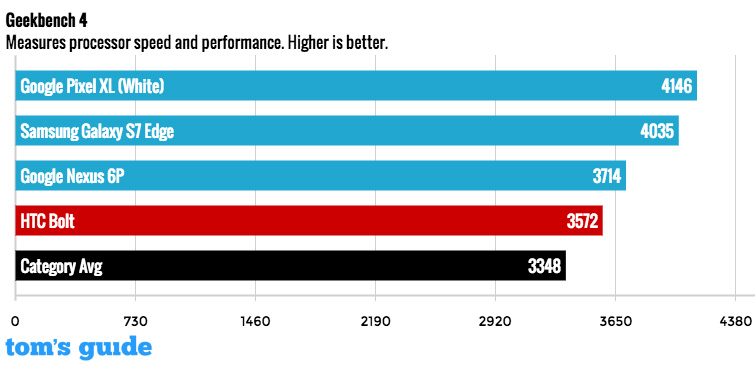
Results were similar on the graphics test. On 3DMark's Ice Storm Unlimited test, the Bolt scored 25,598 versus 24,612 for the Nexus 6P; and 29,851 and 28,182 for the S7 Edge and Pixel XL, respectively.
When we ran the Jetstream 1.1 JavaScript test to evaluate web-browsing performance, the Bolt, with a score of 43.5, wasn't too far off from the 6P's result (46.8), but it couldn't keep pace with scores from the S7 Edge (49.9) and Pixel XL (55.93).
Network speeds
One of the Bolt's most touted features is its potential for superfast 4G LTE, thanks to its Qualcomm X10 modem, which has carrier aggregation that can combine up to three wireless bands into a single giant stream of data. That means, theoretically, that you could get download speeds of up to 450 Mbps, which would be many times faster than most people's wired internet at home.
MORE: The Best Cellphone Plans for Families and Individuals
Unfortunately, the areas where you can take advantage of this feature are limited to a handful of cities, including select parts of Kansas City, Kansas, Chicago, San Francisco, and Dallas. Most people won't actually be seeing network speeds that are any faster than normal until Sprint rolls out its three-band aggregation to more places.
According to the Speedtest app, which gauges networks speeds, the Bolt hit just 12 Mbps down and a pitiful 0.39 Mbps up in our office in New York City. However, in nearby Union Square, which is covered by Sprint's Spark network, the Bolt did much better, with speeds of 58 Mbps down and 13.71 Mbps up. Still, those speeds reflected standard network tdech; three-channel carrier aggregation isn't available in New York yet.
Cameras: OK shots for a midrange camera phone
With an 8-megapixel shooter in front and a 16-MP camera in back, the Bolt features pretty standard specs for a phone that's in this price range. And while the Bolt produced a few gems when I went out shooting, it's clear that HTC is still a step behind other companies — such as Samsung and Google — when it comes to getting the best photos from your phone.

In a typical daytime shot, the Bolt did a decent job of capturing New York City scenes. But compared to shots from an S7 or Pixel XL, the Bolt's results aren't as colorful or detailed. If you look at certain bright spots, like the stripes on the crosswalk and the white on the One Way sign in the photos below, you can see that the Bolt struggled a bit with high dynamic range and exposure — its shot has more area that's completely blown out.

But when you want to capture some fine details, the Bolt's high-resolution, 16-MP camera really delights. This makes it a good pick for people who like to take macro shots. When I snapped a close-up of some flowers, the Bolt produced lovely rich yellows and a lot of detail in the flower's petals and pistil. I wish the phone's sharpening were a little better, however, because with a little tweaking, its photos could look even crisper.

In low light, I found that the Bolt often delivered pretty sharp shots, although it's got a smaller f/2.0 aperture than the f/1.7 lens in the S7. But the pictures that the Bold captured weren't always quite as colorful or grain-free as the Samsung's photos.
I was pretty impressed with a picture I took at a farmer's market as it was closing up. Even though the Bolt's photo is darker, it's actually sharper than the photos from both the S7 and Pixel XL. In more typical shots, the Bolt loses a bit of detail in the lighting and background, versus what was captured by its competitors.
At a nearby holiday market, the Bolt's photo quality was just barely behind what I saw from the Galaxy S7, and it was significantly better than the overly yellow shot that was produced by the Pixel XL.
The 8-MP front cam didn't stand out much when compared to other phones, but I do prefer it over the 5-MP selfie cam in the Galaxy S7, which often produced pics that looked a bit flat, compared to what I got from the Bolt.
OS and Software: Too much Sprint
Even though the Bolt features HTC's Sense skin, the Android 7.0 Nougat build on this HTC phone is pretty close to stock. Or it would be, if Sprint hadn't loaded up the phone with more bloatware than I've ever seen on a phone that's sold in the U.S. There are 11 Sprint apps, five Amazon apps, plus individual apps from such companies as DraftKings, AAA, Walgreens, KeyVPN, Under Armor and Uber. In total, the Bolt arrives out of the box with more than 65 preloaded apps, which is about 50 more than anyone would ever want or need.
And then there are the frequent notifications to remind you about things like your 15-day free trial of visual voicemail running out. It's way too much, and I couldn't blame people if, after launching the phone and seeing this mess, they went running and screaming to another one of the Big Four carriers. Sprint even made custom icons for stock Android apps such as the camera and the clock, because apparently it's a problem if something on the home screen isn't yellow and black.
If you can look past all that, Android Nougat performs pretty much as you'd expect. The only real difference is HTC's BlinkFeed screen, which you can access by swiping right from the home screen so that you can see a curated list of news and stories that can be customized, based on your interests.
Battery Life: Below average
One of the biggest issues with the Bolt is its disappointing battery life. On the Tom's Guide Battery Test, which involves continuously surfing the web over Sprint's LTE network, the Bolt lasted just 8 hours and 15 minutes. That's more than an hour less than the smartphone average of 9:23.
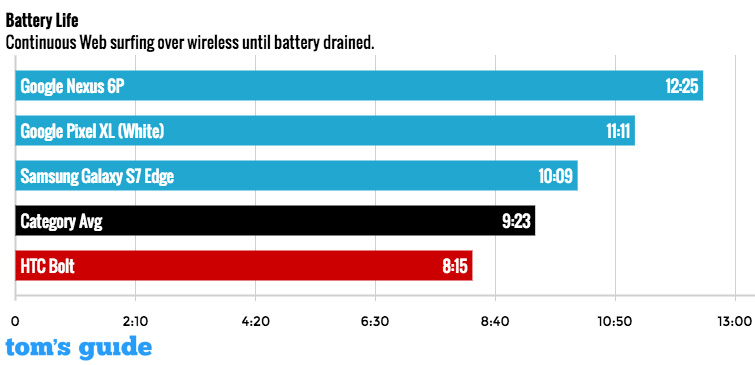
When it comes to 5.5-inch phones with price tags of $600 or more, anything less than 10 hours doesn't really cut it. Samsung's S7 Edge (10:09), Google's Pixel XL (11:11) and even last year's Nexus 6P (12:25) all boast significantly longer runtimes north of that 10-hour line.
MORE: Smartphones with the Longest Battery Life
Bottom Line
The Bolt is a maddening phone. It has fantastic highs, including amazing audio and a slick, but sturdy, water-resistant aluminum body. But subpar battery life and dated specs mean that while the Bolt might have strong network speeds, it's not any faster than flagships from Samsung, Google, LG and others.
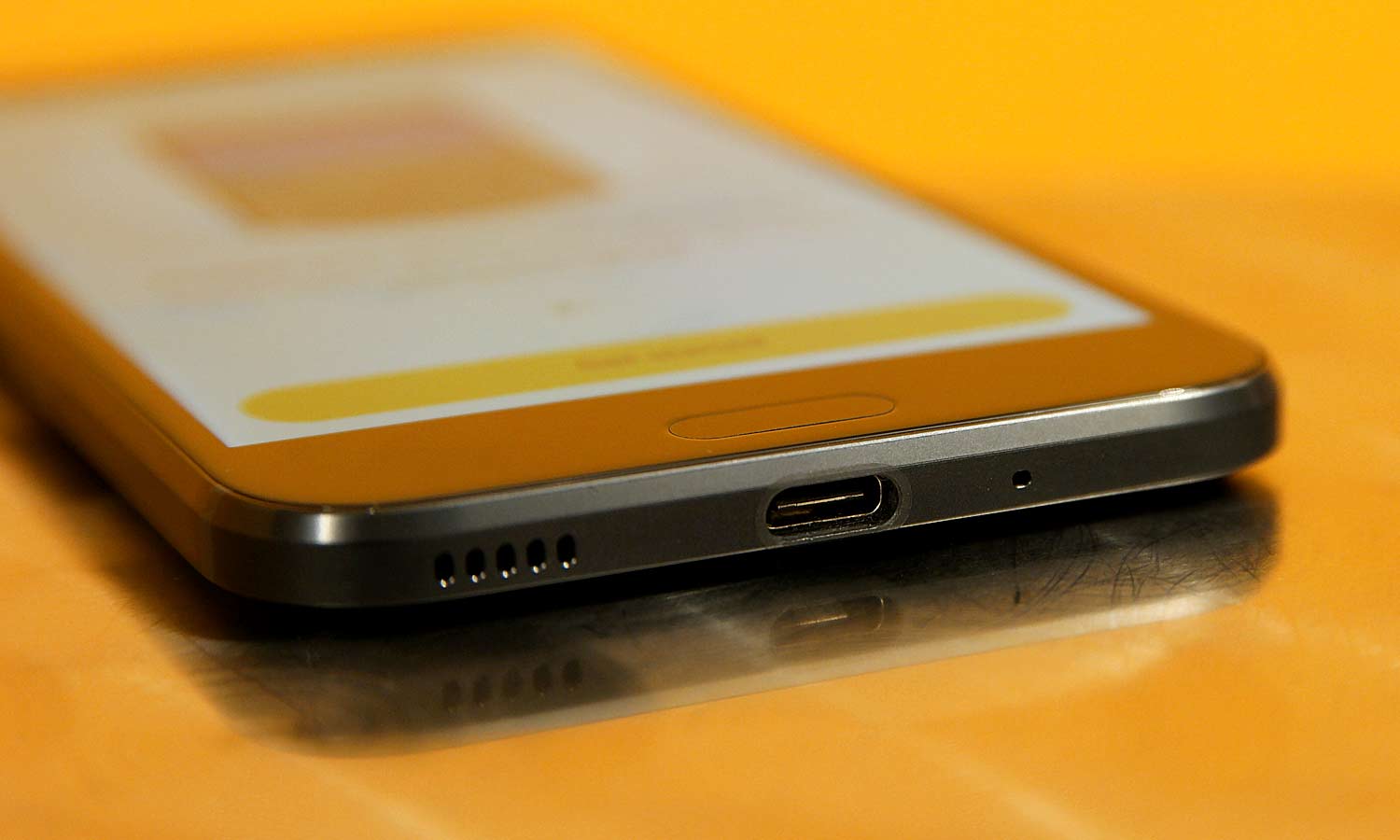
With an up-front price of $600, the Bolt might seem like a deal compared to the $795 S7 Edge or $769 Pixel XL, but that's really because the latter two phones aren't in the same league as HTC's offering. The Bolt is a souped-up, midrange phone that has its share of pro and cons, while the S7 Edge and the Pixel XL are true, modern flagships that do everything well.
The standard S7 and LG G5 are also better options if you don't mind a smaller screen. If you're on a monthly plan, the G5 costs just $15 a month, versus $25 for the Bolt. Oh, and let's not forget that both the S7 and G5 also support tri-band carrier aggregation.
It's a shame that real midrange monsters like the OnePlus 3T and Huawei Honor 8don't work on Sprint's network, because they deliver a complete package for a lot less, and they make the Bolt feel really overpriced. If you're OK with paying a little more to stick with Sprint, the Bolt is a decent but pricey midrange option — but it should have been better than it is.
Sam is a Senior Writer at Engadget and previously worked at Gizmodo as a Senior Reporter. Before that, he worked at Tom's Guide and Laptop Mag as a Staff Writer and Senior Product Review Analyst, overseeing benchmarks and testing for countless product reviews. He was also an archery instructor and a penguin trainer too (really).
